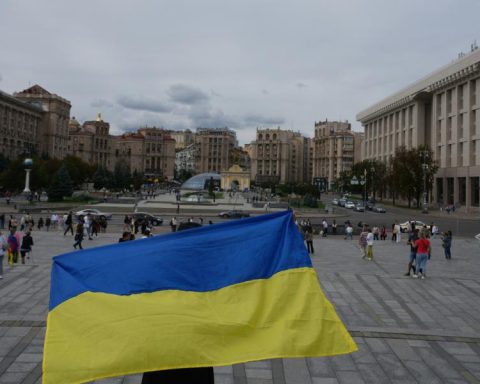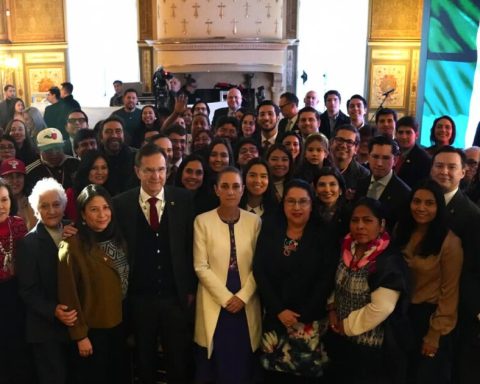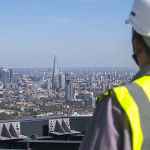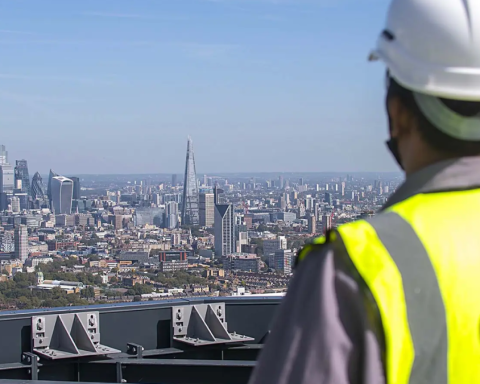While major economies such as the United States and the United Kingdom, and other less developed economies, are raising rates from historical lows, a rapid acceleration would be necessary if there were to be a fundamental paradigm shift.
“A key message is that we may be on the cusp of a new inflationary era,” said the former Mexican central banker.
“We have to be open to the possibility that the inflation environment is fundamentally changing,” Carstens added. And “if my thesis is correct, central banks will have to adjust.”
The thesis is that the rise in energy, raw material and food prices has been amplified by the war in Ukraine. Supply chains have been damaged by the COVID pandemic and trade wars, while rising costs of living have workers demanding higher wages.
There are also signs that the expectations of consumers, businesses and financial markets about the extent of inflation are “decoupling”.
Carstens referred to forecasts by professionals, who now see inflation above 4.5% in the United States and much of Europe over the next two years, and above 3.5% in many other advanced economies.
The immediate implication would be that monetary authorities would have to quickly change their “mindset” on how to prevent inflation from spiraling out of control, a problem few have had since the 1970s.
“This will most likely require real interest rates to rise above neutral levels for a while to temper demand,” Carstens said, acknowledging that this could make them unpopular.
“But central banks have been here before,” he said. “They are fully aware that short-term costs in terms of activity and employment are the price to pay to avoid higher costs in the future.”
With information from Reuters.














